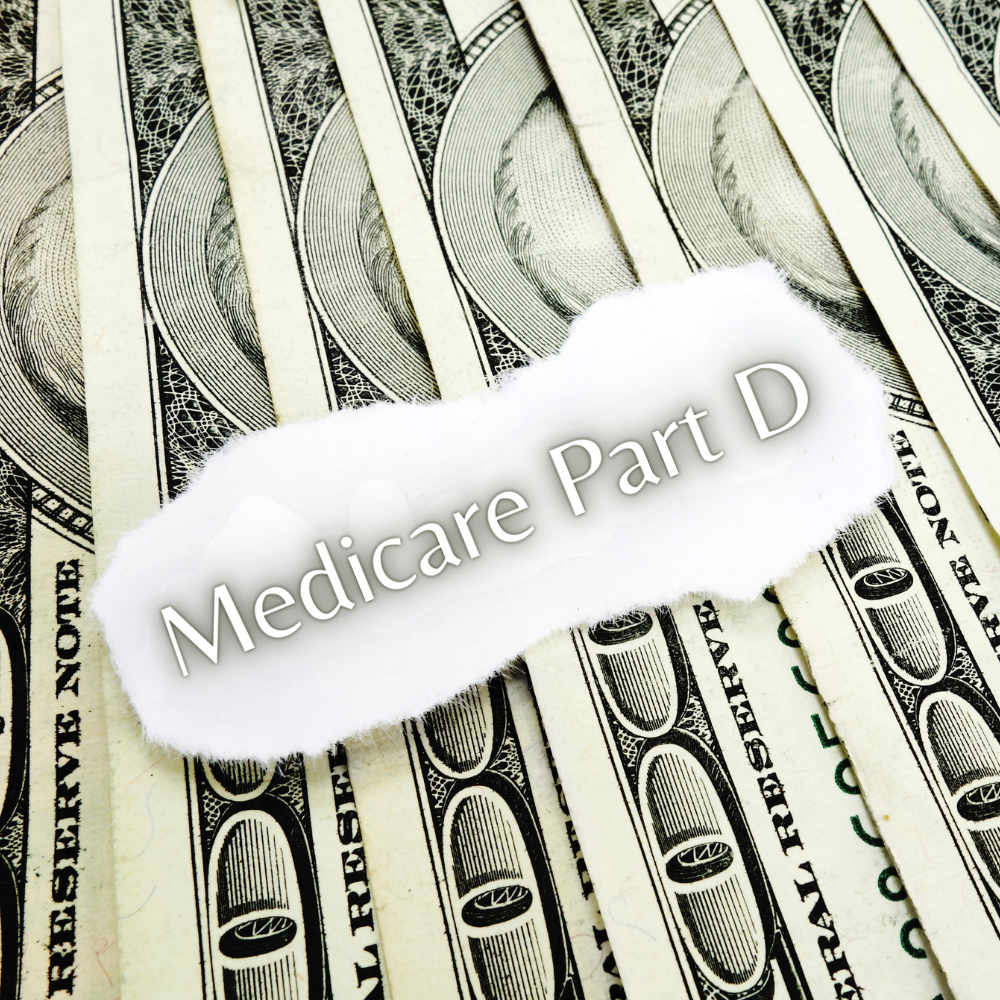Medicare Advantage (MA) enrollment is growing, and it’s bringing about changes in prescription drug benefits that policymakers may not fully recognize. Initially, when Medicare’s prescription drug benefit, Part D, was established in 2006, only 16.9 percent of Medicare beneficiaries were enrolled in an MA plan. However, that number has now risen to 50 percent and shows no signs of slowing down.
Medicare Advantage And Prescription Drug Coverage
As more people enroll in MA plans, there is a corresponding increase in the number of beneficiaries who obtain prescription drug coverage through these plans. While Medicare fee-for-service enrollees can opt for separate Prescription Drug Plans (PDPs), approximately 90 percent of MA enrollees choose MA-PDPs that include drug coverage. This means that 53 percent of those enrolled in Part D currently receive prescription drug coverage through a MA-PDP instead of a standalone PDP. With the continued growth of Medicare Advantage, MA-PDP enrollment is likely to increase, leading to potential changes in drug benefits, risk selection, and the competitive landscape.
Evolution of Medicare Advantage Enrollment
MA plans receive higher payments than the cost of providing standard Part A and B benefits. This is due to higher base MA payment rates and the use of risk adjustment and utilization management tools to reduce costs. MA plans utilize this surplus to offer supplemental benefits, including expanded prescription drug coverage. On average, about 15 percent of total plan payments are allocated toward enhanced Part D benefits. This results in significant differences in prescription drug coverage between MA-PDPs and PDPs, such as lower deductibles and premiums, higher drug coverage percentages, and less utilization management requirements in MA-PDPs.
Growth of Medicare Advantage Plan Enrollment
The increasing MA enrollment has implications for Medicare’s prescription drug coverage. Reduced competition in the market may lead to higher profits for plans and lower cost savings for consumers. MA-PDPs may also use drug benefits as a tool for attracting profitable enrollees, leading to distortions in drug benefit design and increased overall drug spending. The current benefit design of Part D, which shields plans from full financial risk, intensifies these incentives for risk selection. As a result, the risk profiles of those in Medicare Advantage and traditional fee-for-service Medicare may diverge.
Policy Considerations for Enhancing Competition in Medicare Advantage Market
Policymakers should consider the future competitive landscape and costs of Medicare’s prescription drug benefit. Efforts to improve competitive dynamics in Medicare Advantage, such as through competitive bidding models or enhancing the choice environment, are crucial. Addressing coding intensity in MA can also mitigate the incentives for using Part D as a selection mechanism. Comparing features like plan formularies between MA-PDPs and PDPs can provide insight into potential selection issues. Additionally, policymakers may need to rethink the payment model for plans, moving towards a more global capitation approach that covers all services and puts plans at full risk for both medical and drug spending. This can eliminate cost-shifting incentives and encourage insurers to consider all costs.
Medicare Advantage enrollment continues to grow, policymakers need to pay attention to the evolving nature of prescription drug benefits. Understanding the impact on competition, costs, and risk selection is crucial for ensuring the effectiveness and sustainability of Medicare’s drug benefit.



